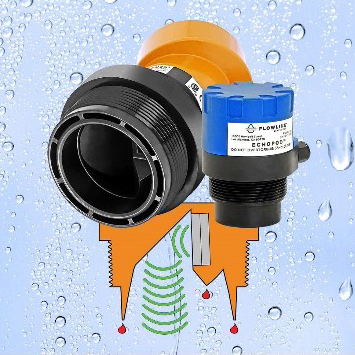Level Success – Endangered Tiger Habitat

Level control and measurement can seem like an easy and common application need. However, almost no two level control installations are the same, and there are actually many potential process variables that can affect the reading accuracy or cause the measurement system to fail. These variables can include
- Temperature
- Clean liquid vs. debris vs. coating
- Vapor/Condensation
- Tank/Sump/Pond height
- Accuracy needed
- Control points needed
- Flat liquid vs. choppy liquid
- And many, many more…
Customers typically select one of several types of level control technologies that fall into two primary categories.
- Contacting: this type of control includes switches/sensors that are in direct contact with the process solution. They can include Point Level Switches such as float switches or solid state switches (vibration, optical)
- Non-contacting: this type of control includes switches/sensors that do not come in contact with the process solution and use technologies such as ultrasonic sound or electromagnetic radar waves to sense the liquid position.
All types of level measurement/control have their pros and cons. The below application is not an everyday industrial application, but it does show that the right product can solve the most challenging level need.
Bengal Tiger Habitat
Recently, a Mississippi zoo needed to replace and upgrade their water level measurement in their tiger exhibit pool. Only 2,500 Bengal tigers remain in the wild, and the zoo’s breeding program plays a vital role in the species conservation. The veterinary team cites stress as the most critical factor in breeding success or failure, and nothing burns tiger stress faster than water play. However, when 700-pound animals hit the pool, they can generate 3 foot waves with lots of splashing!
The conductance level switches would chatter the fill valve, reducing the valve’s life and causing water hammer. The maintenance manager wanted a non-chattering reliable solution that could directly replace their current level switch architecture. The zoo turned to Flowline who, after an evaluation of the current system and its challenges, suggested using Flowline’s smart reflective ultrasonic level sensors with embedded relays, control, and dampening logic.

The ultrasonic sensor provides dampened pool level monitoring, and the relays matched the previous switch points. Flowline is reliable level measurement.
Contact Ryan Herco Flow Solutions team of Level Control specialists today to learn about how Flowline level control products can help you solve your toughest application challenges.